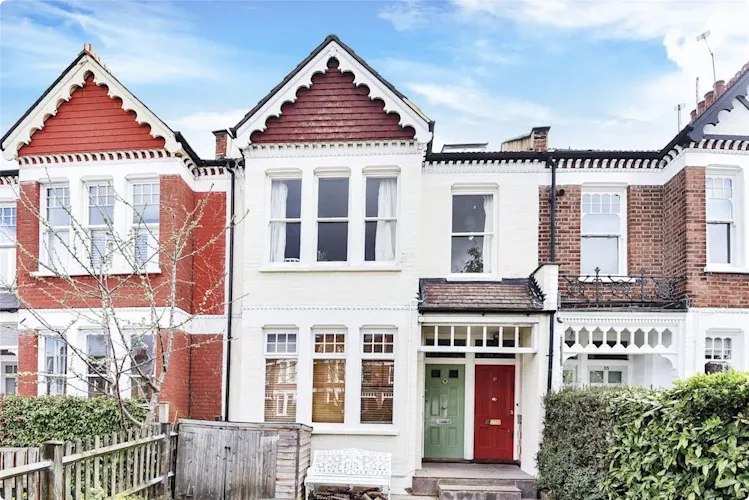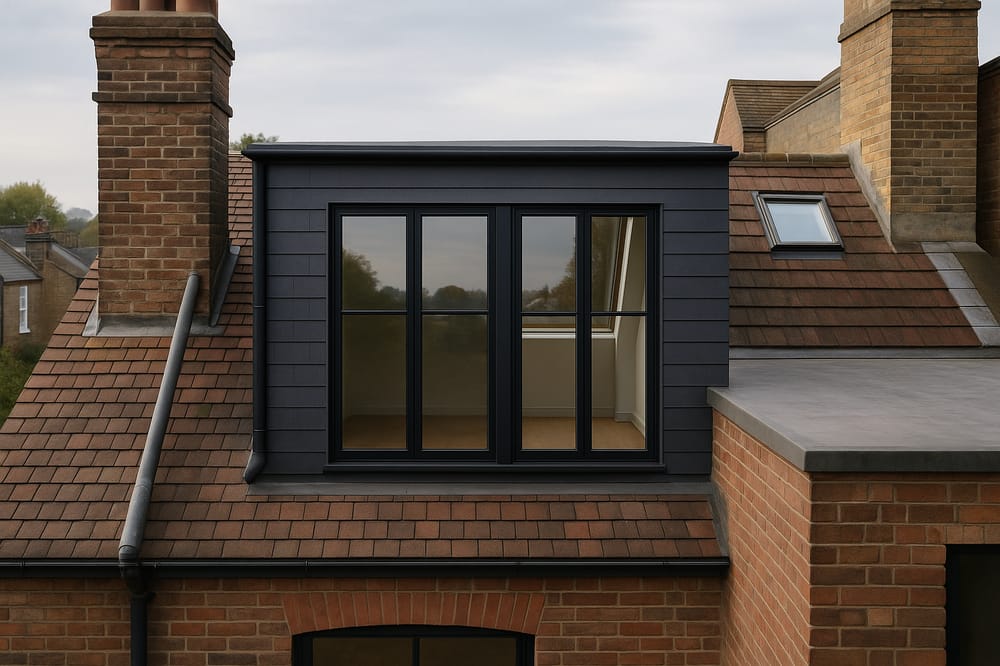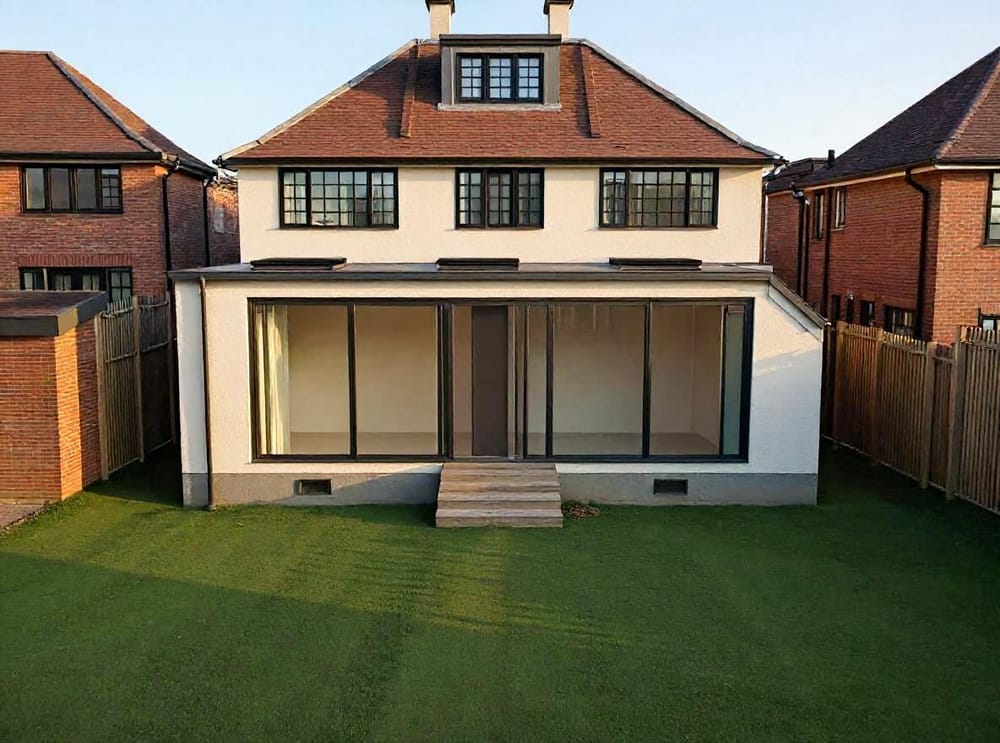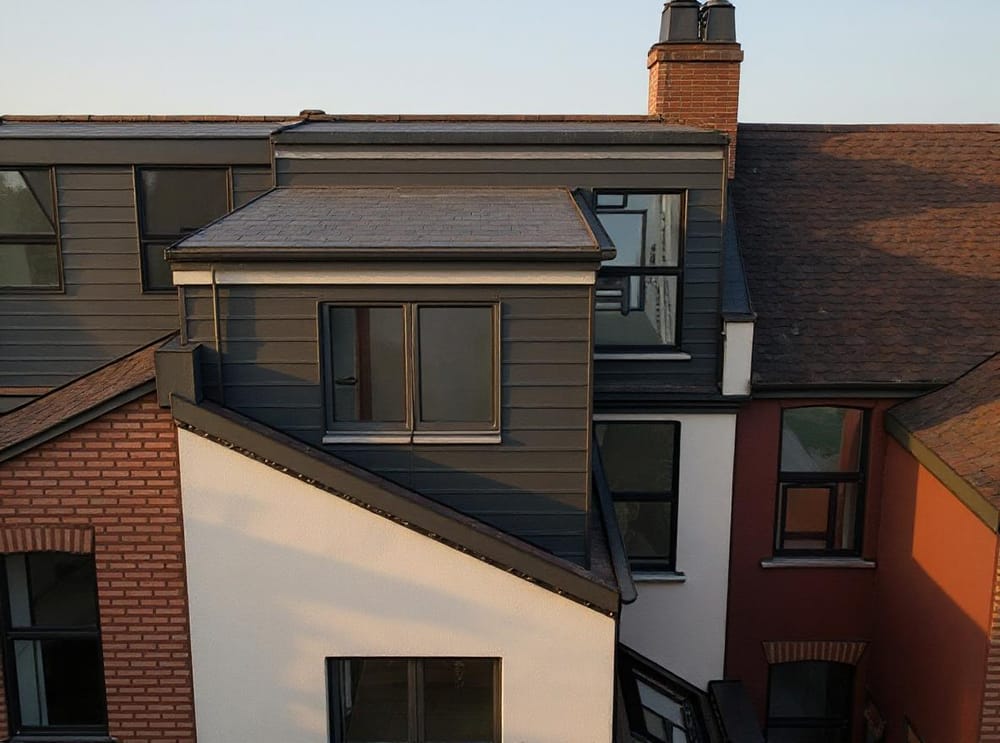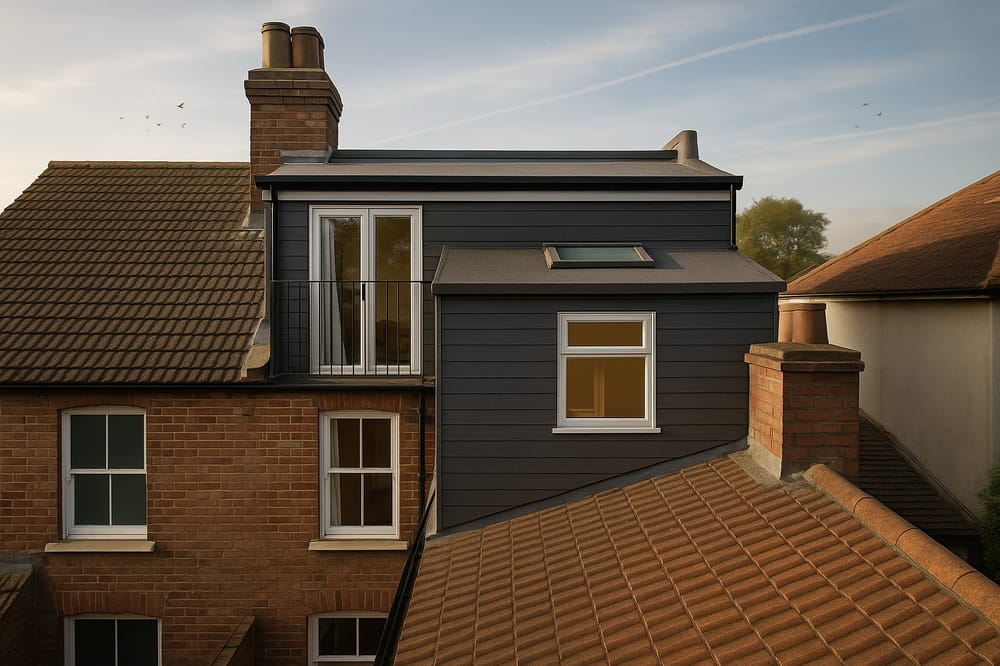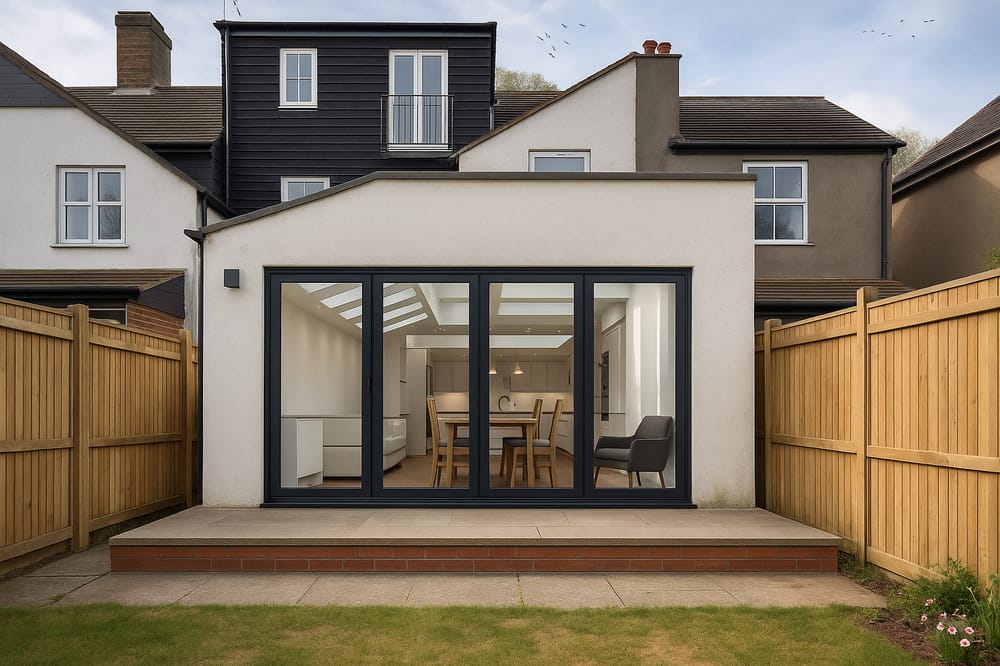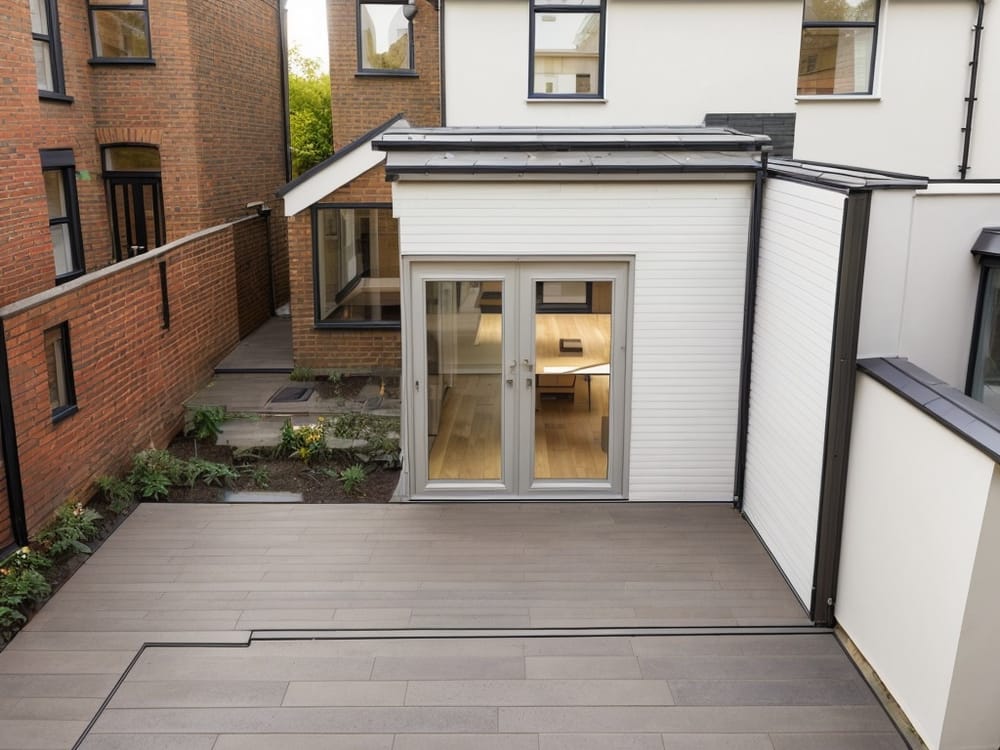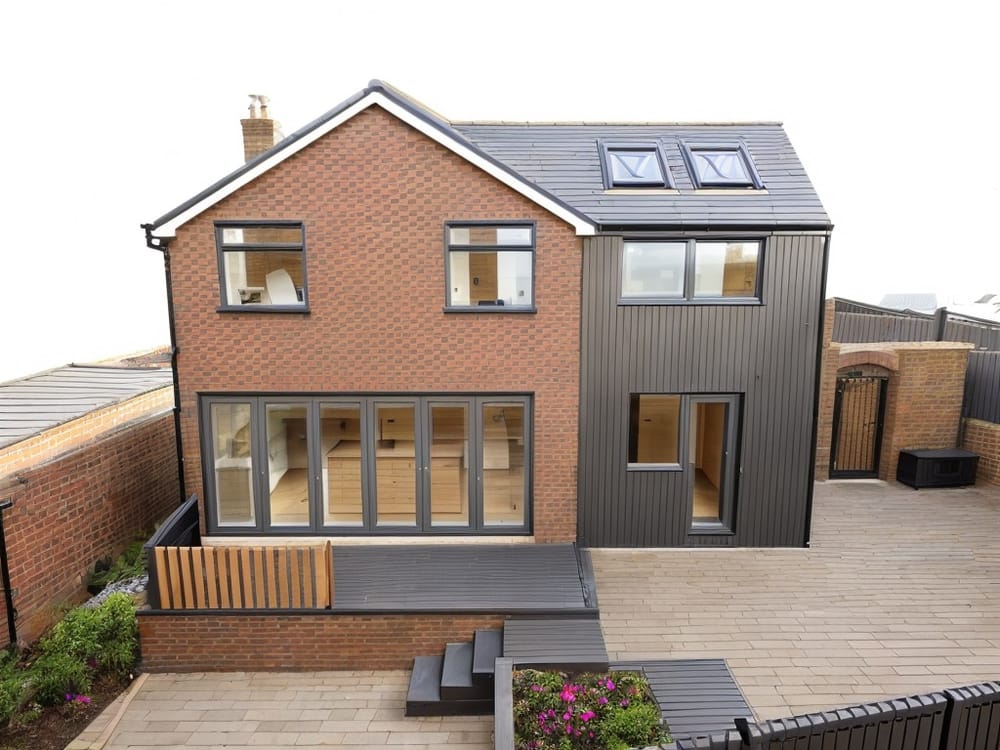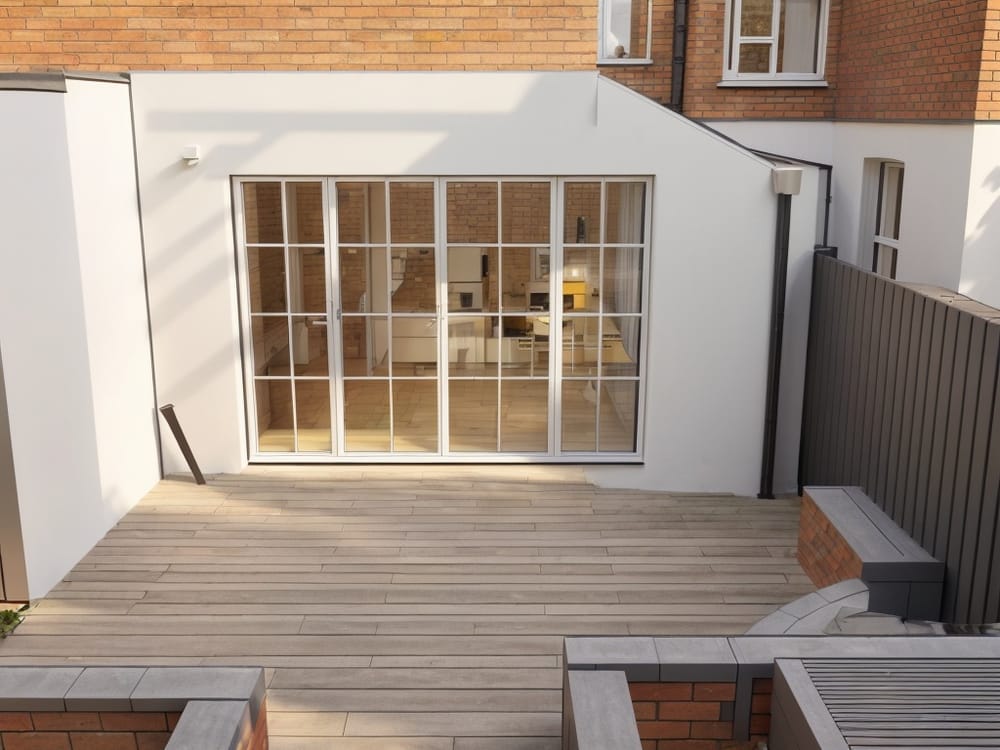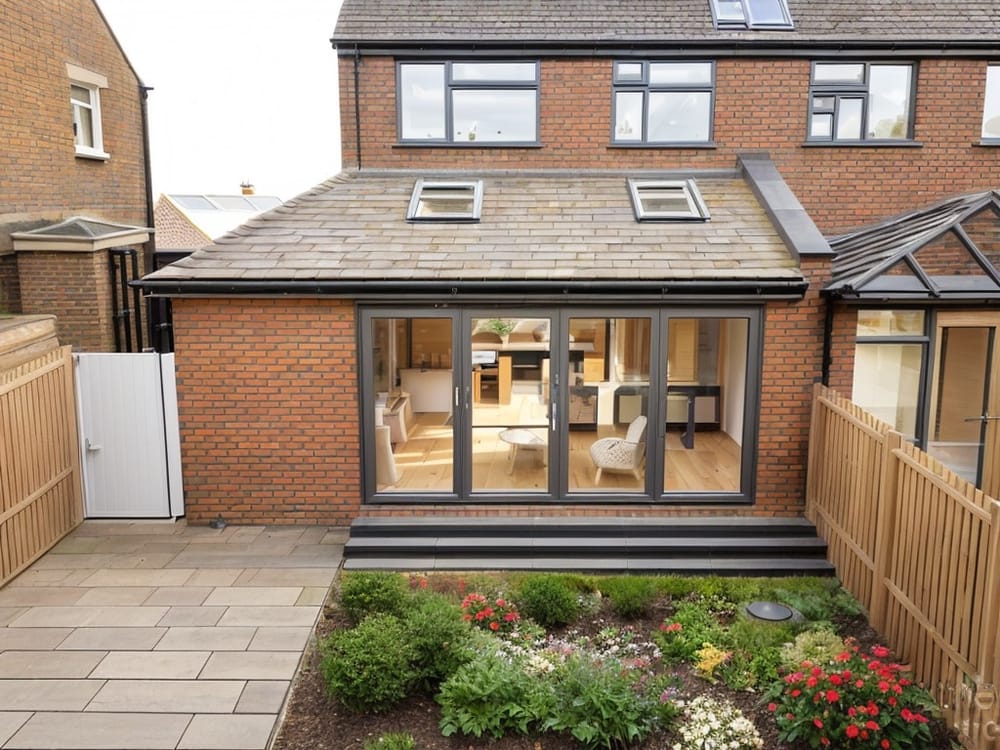Do you want to buy a new home without selling your current home first? Then let-to-buy might be the answer for you. Here’s everything you need to know.
How does let-to-buy work?
With let-to-buy, you let out your current home and purchase a new property to live in. It means having two mortgages: you’ll convert the mortgage on your current home into a buy-to-let mortgage. And you’ll take out a standard residential mortgage on the new property you’re buying.
There are lots of factors to think about. You’ll become a landlord, so you’ll need to consider the costs and responsibilities of that. You’ll also need to have a decent chunk of equity in your current home in order to secure a buy-to-let mortgage on your existing home, especially if you need to release equity from it in order to buy your new home.
However, the rewards can be huge. Not only does it mean you can buy a new property without needing to sell your old home first, but you could also potentially see significant financial benefits in the long-term by owning two properties, assuming you can generate enough rental income and that property prices rise.
What are the main reasons for choosing let-to-buy?
- You’ve built up a large amount of equity in your current home and want to use some of it to purchase a new property, while keeping your old property as an investment.
- You’ve had an offer accepted on your dream home but you’re struggling to sell your current one quickly enough. Let-to-buy means that you can proceed with your purchase and let out your current property instead of selling it. This could either be a short-term or long-term option.
- You’re buying a house with your partner, and you already own your own home. Let-to-buy means you can buy a property jointly while still owning your existing home.
- You’re relocating for a period of time but are planning to move back to the area in the future. This means you can move back into your own home when you return.
Is let-to-buy the same as buy-to-let?
No, they’re different. With buy-to-let, you buy a property with the intention of letting it out. But, with let-to-buy, you buy a new home to live in and rent your old one out.
What do I do with my current mortgage?
If you want to buy a new home and let out your current one, you will need to convert the mortgage on your current home to a buy-to-let mortgage, or obtain ‘consent to let’.
How do I switch to a buy-to-let mortgage?
You can speak to your current mortgage lender about converting your mortgage to a buy-to-let mortgage, but please note that your finances will be reassessed under its buy-to-let criteria. It’s a good idea to see what other deals are available with different lenders too. Although, bear in mind if you remortgage with another lender when you’re in the introductory fixed term of your current mortgage, you may need to pay a hefty early repayment charge.
It's always a good idea to speak to a mortgage broker at this stage. Not only will they be able to talk through the different mortgage options available to you, but they’ll also be able to highlight any costs associated with these options. You can get in touch with our advisers about a let-to-buy mortgage here.
What’s the lending criteria for let-to-buy?
The lending criteria is different than for a standard residential mortgage. For example, your lender will look at how much rental income the property will make, rather than looking at your income.
The lending criteria will vary by lender, but most will typically:
- Offer a maximum loan-to-value of 75-80%. This means that once you’ve taken any equity out of your current home to put towards your new property, you’ll generally need at least a 20-25% deposit on your current home in order to get a buy-to-let mortgage.
- Ask for evidence that you’re buying a new home at the same time.
- Require monthly rental income of at least 125% - in many cases at least 145% - of the monthly interest payments on the loan.
- Have a maximum age. While this varies by lender, the maximum is typically 75 years old.
What is consent to let?
Depending on your lender and your circumstances, you may find that your current lender will grant you ‘consent to let’. This means you’re allowed to let out the property without needing to convert to a buy-to-let mortgage.
You may find your lender is more likely to agree if you’re planning to rent out the property in the short term while you try to sell it. Or, if you’re moving away for several months before planning to move back. However, if your lender does give consent to let, they may impose a higher rate or a fee.
What do I need to consider with a let-to-buy mortgage?
- You’ll be a landlord: There are costs and responsibilities when it comes to being a landlord. For example, you’ll need to pay fees to letting agents if you’re not planning to manage the property yourself. And you should also consider the financial impact of any ‘void’ periods – any time property is empty. Go through the figures carefully before making a decision to proceed.
- You’ll pay more stamp duty on your new home: If you keep your current home when you buy a new one, you’ll be liable to pay the Stamp Duty surcharge on it. This means you’ll pay an additional 3% in Stamp Duty on your new property. However, if you sell the property that you’re letting out within 3 years of buying your new one, you can claim back the difference on what you paid and the normal stamp duty rate from HMRC.
- Rates can be high: Let-to-buy interest rates are typically higher than on standard residential mortgages so the repayments may be more expensive than you thought they would be. This is a key reason why speaking to an expert mortgage adviser is so important. They’ll talk you through your options and explain the costs involved.
- Property price rises aren’t guaranteed: While both properties may increase considerably in value over time, bear in mind the value of both properties could drop.
There’s a lot to consider with let-to-buy so speaking to an expert adviser can really take the pressure off. They’ll be able to explain the process to you and find the right deal for you – plus they may have access to deals you won’t be able to get on the high street.
If you’re considering let-to-buy, speak to our award-winning team to expert advisers for a no obligation chat.
